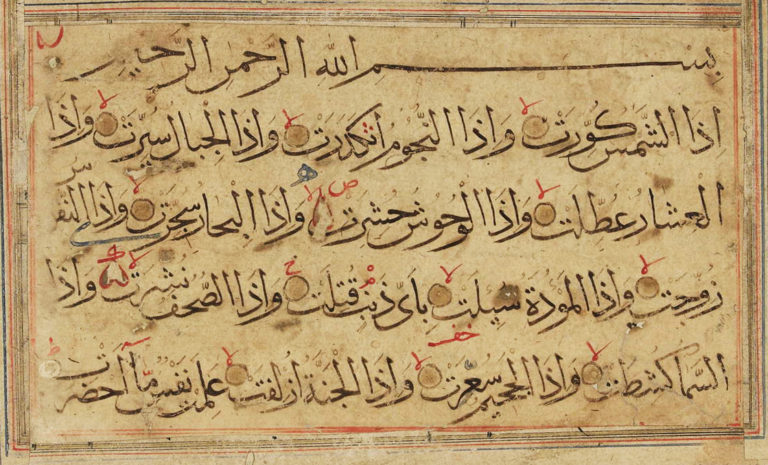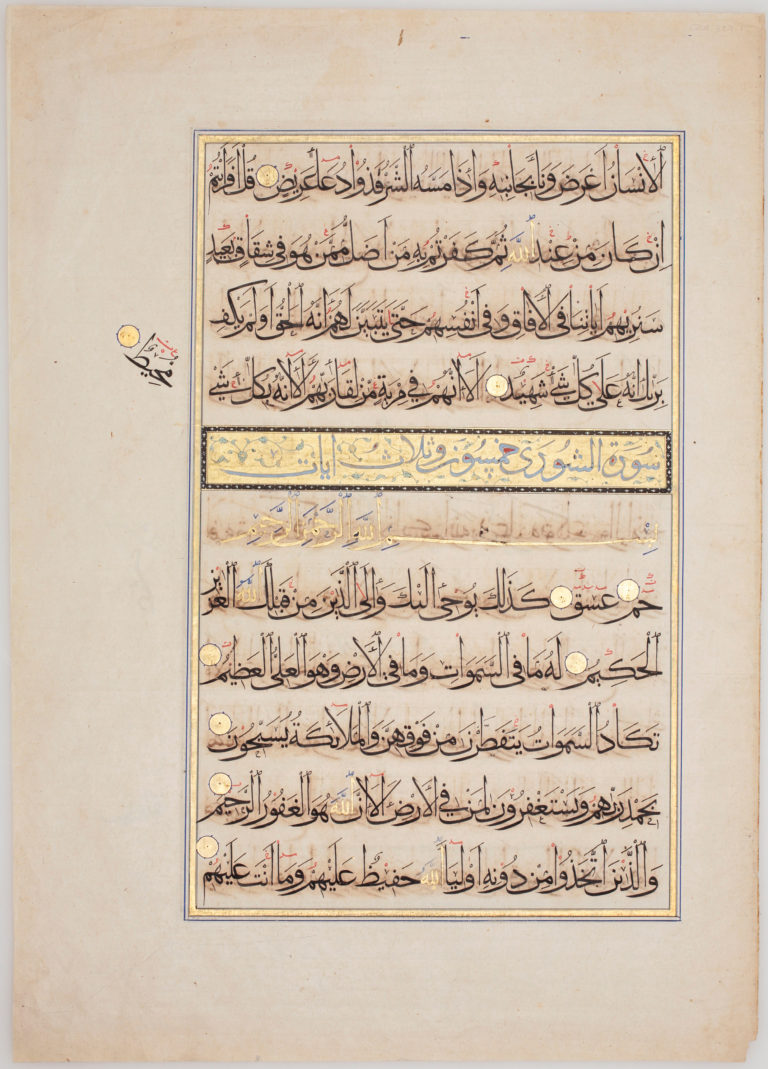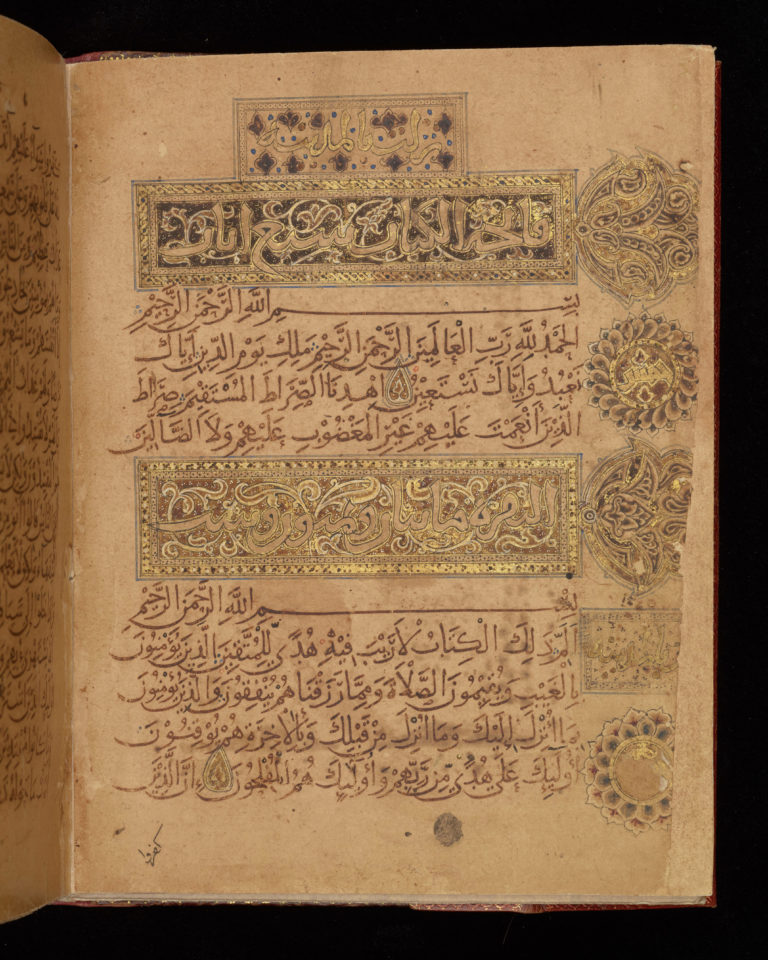Rayhani
(Pronounced “ray-ha-nee”; Turkish–Reyhani; Persian–Raihan)
Meaning
- “Rayhani” means “the aromatic plant basil” or “having a fragrance”
Uses
- Rayhani was used for copying Qur’ans
Companion script
- Muhaqqaq is the larger script often used in conjunction with rayhani.
Timeline
- Developed in the 10th century
- Refined by Şeyh Hamdullah in the 15th century
- Like muhaqqaq, the use of rayhani began to decline after the 17th century in favor of naskh
Distinctive characteristics
- A small version of muhaqqaq
- Letter shapes are more pointy than naskh
- Usually has a pronounced spike on the initial alif-lam letter shape
Notes
- An easily readable script
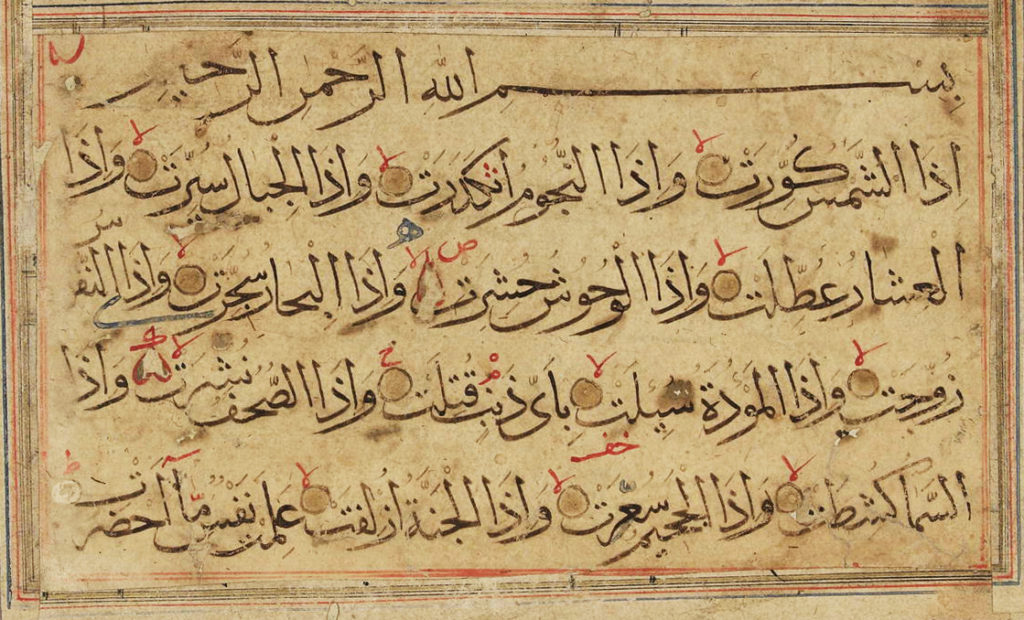
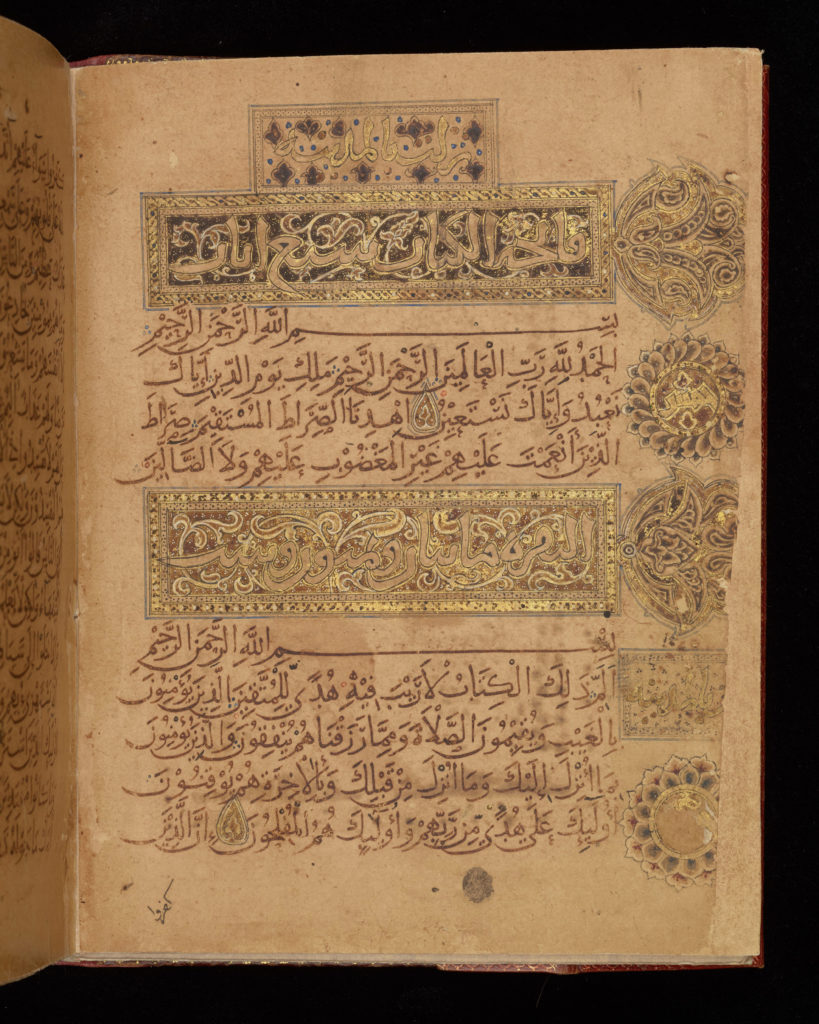
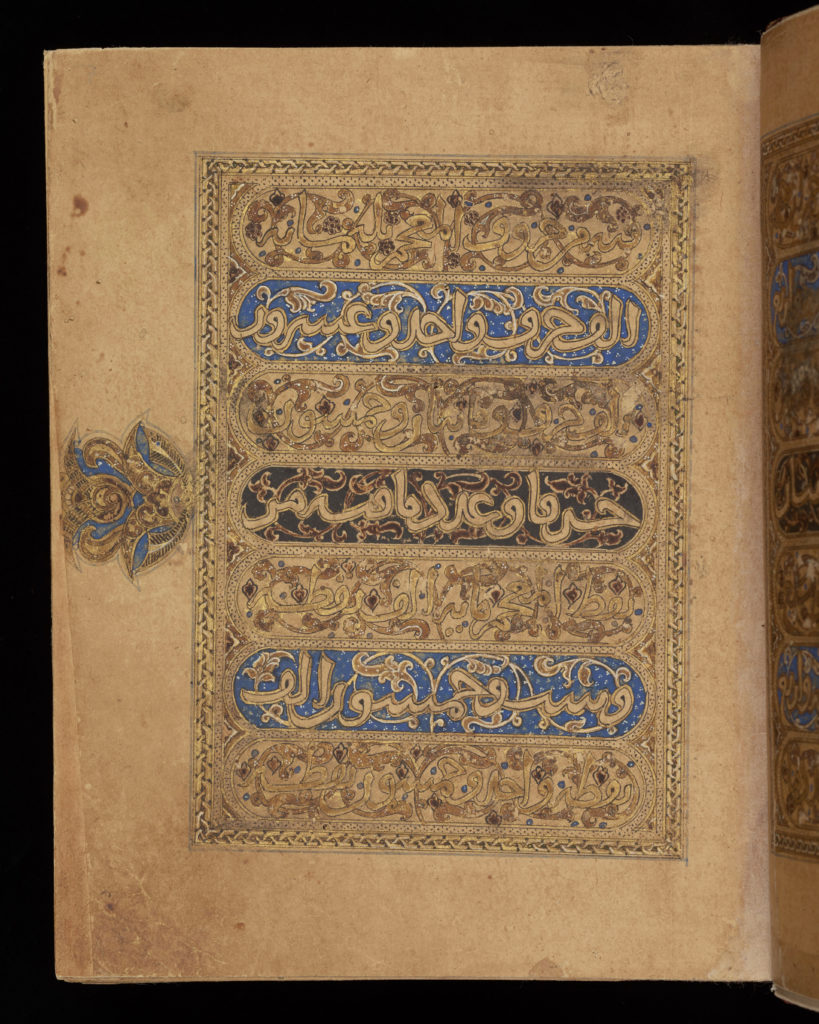
If the foreign kings brag to us of their proverbs, we shall boast to them of what we have of the styles [scripts] of calligraphy, because of the nobility of the art.
Caliph Al-Ma’mun

